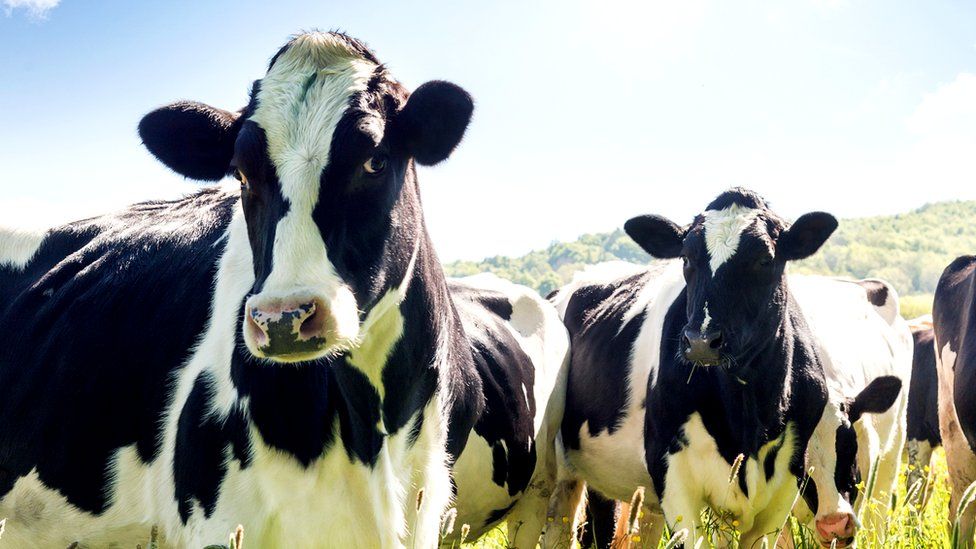Refugees fleeing the famine in Somalia’s parched countryside face daily violence at government-run aid camps near the capital, Mogadishu, where NGOs distribute food. Some choose instead to stay hungry in the relative safety of private camps.
There are more than 20,000 refugees living at camp Bad-baado, which was set up by the Somali government in July. A steady trickle of new arrivals comes into the camp every day from the famine- and conflict-hit countryside.
But Bad-baado is a maelstrom of anarchy and violence. In the background is the constant and unmistakable sound of gunfire, while there are daily reports of rape and violence. The camp lies close to the frontline of intense fighting between pro-government forces and al Qaeda-linked insurgents, al-Shabab, in Mogadishu.
For many, arriving at camp Bad-baado is a leap from the frying pan into the fire.
“I cannot stay there with my children, there are gunmen there,” Halima Hassan Hilowle said of Bad-baado, speaking to our reporter in Mogadishu. “You hear gunfire all the time. I’m also scared of being raped."
Like many others, Hilowle decided to move to a private camp, Hawale, for the safety of her seven children.
Camp Hawale, almost a mile away from Bad-badoo, is among the dozens of refugee camps run by private individuals and guarded by security guards at night. However, aid agencies do not distribute food aid there.
He continued: “We don’t have any food, there is no medicine, and the only thing we got from the NGOs is latrines.”
The United Nations estimates that 12.4 million people in the Horn of Africa -- including Somalia, Kenya, Ethiopia and Djibouti -- have been affected by the worst drought in d



No comments:
Post a Comment